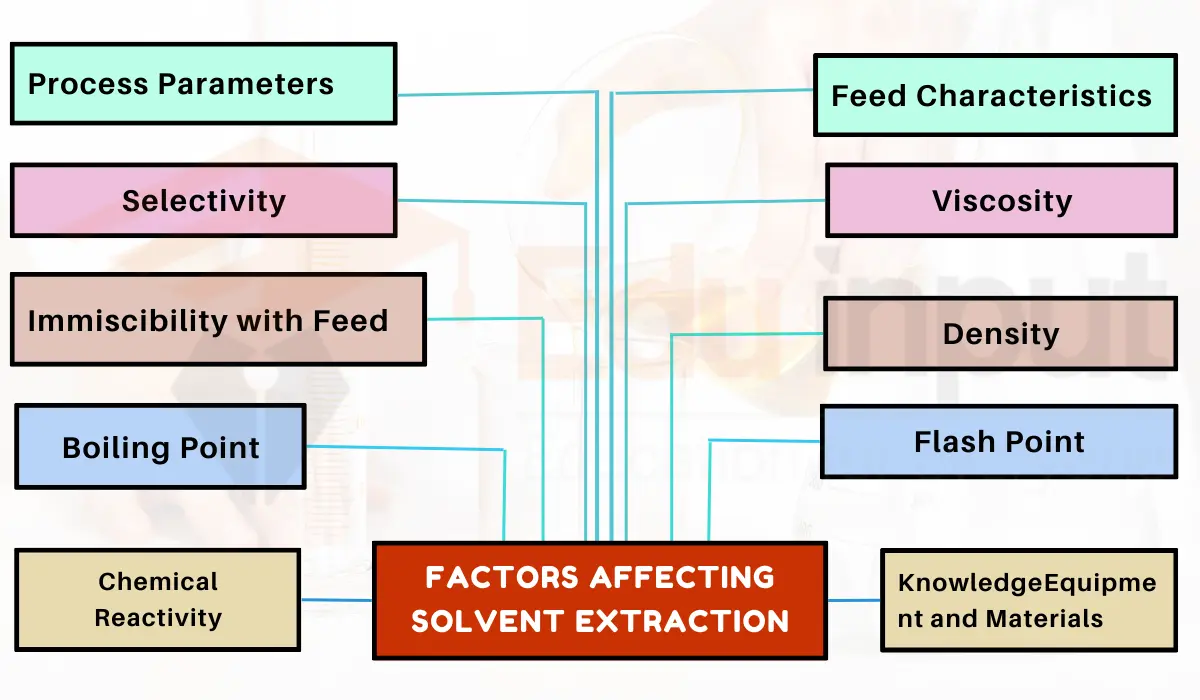What are the 3 Stages of Crystallization?
The crystallization process can be broken down into three main stages: nucleation, crystal growth, and agglomeration. Each stage plays a crucial role in the success of the crystallization process, and understanding these stages is essential in producing high-quality crystals.
In this article, we will explore these three stages which are involved in the crystallization process.
Stage 1: Nucleation
The first stage of crystallization is nucleation. This stage involves the formation of tiny crystals, known as nuclei, from the supersaturated solution. The solution is cooled or evaporated to a point where the concentration of the solute is higher than its solubility at that temperature. At this point, the solute molecules begin to come together and form small clusters, called nuclei. The nucleation rate depends on various factors, such as temperature, concentration, and stirring rate.
Stage 2: Crystal Growth
The second stage of crystallization is crystal growth. This stage involves the growth of the nuclei into larger crystals by attracting more solute molecules from the solution. As the crystals grow, they become more stable and begin to take on a defined shape. The growth rate of the crystals depends on various factors, such as temperature, concentration, and stirring rate. By controlling the factors that affect crystal growth, scientists and engineers can obtain crystals with the desired properties.
Stage 3: Agglomeration
The third stage of crystallization is agglomeration. This stage involves the collection of crystals to form larger particles or aggregates. Agglomeration can be achieved by using techniques such as centrifugation, filtration, or sedimentation. The agglomeration process helps to improve the handling and processing of the crystals and is important in various industries, such as pharmaceuticals and food production.







Leave a Reply